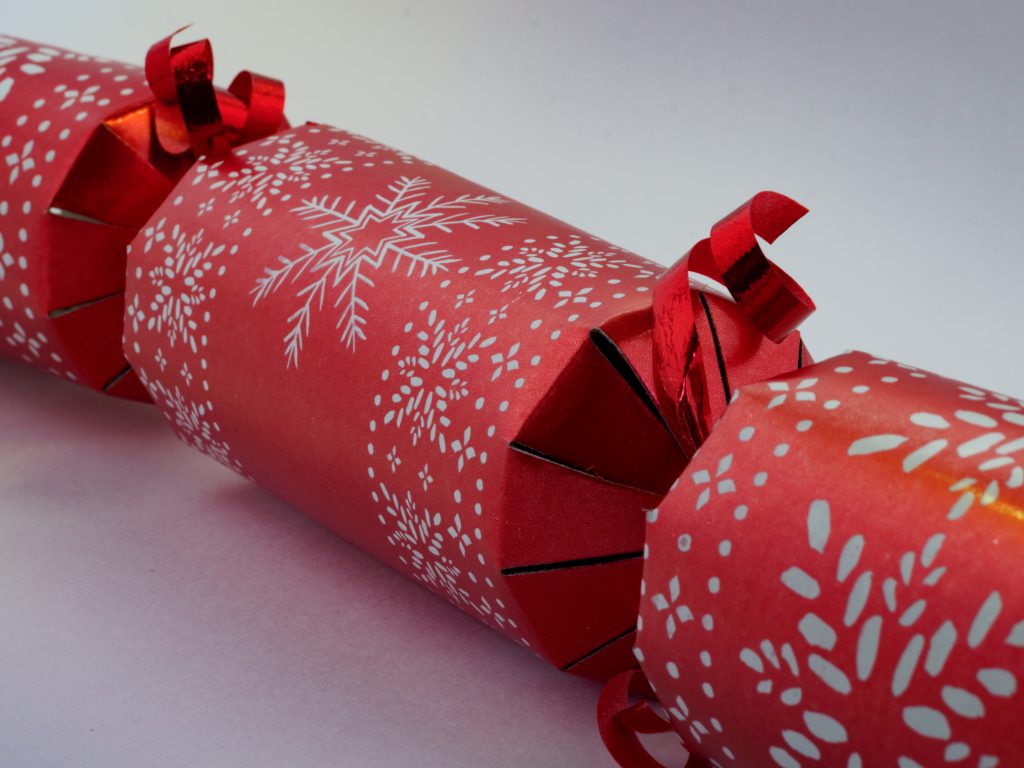
The Christmas cracker is believed to have been invented by a baker, Tom Smith. He specialised in wedding cakes and his bakery was in Clerkenwell, London. Always looking for a new idea to help expand his business he would visit tradeshows.
Paris 1840
He had initially got his idea from a tradeshow in Paris in 1840. Were he discovered ‘bon bon’ sweets. An almond sweet wrapped up in paper, which was twisted. These became an extremely good seller for him in the run up to Christmas 1847. This was the start of the first Christmas cracker. After 1847 the sales dropped off. He had noticed that they were popular gifts and young men would purchase them to give to their sweethearts. So he got another idea from Chinese fortune cookies and started to include small pieces of paper with love mottos, inside the ‘bon bon’, as sells lifted again. The ‘bon bon’ developed even more and charms or trinkets were added into the sweet.
The Christmas Cracker Crackle
It is understood that he got the idea of the ‘crackle’ when he put a log onto a fire. His next step was to put the crackle into his ‘bon bon’. He discovered that if he took two thin strips of card and pasted small amounts of salt petre on them then when pulled apart they would crackle. Around 1860 the first ‘bang’ Christmas cracker was introduced. Originally called Cosaques, after the sound of Cossack whips but these quickly became known as a ‘crackers’. It took him sometime to get the amount of salt petre correct, for example it would either set his cardboard alight or create no noise.
The paper wrapping was enlarged to cater for the cracker mechanism. The introduction of the paper hat, different designs and small gift, which replaced the sweet, were introduced by Tom’s son, Walter. By 1880 Tom Smith Company had produced over hundred designs and by 1900 over 13 million crackers. In the 1930’s foil wrappers were introduced and jewellery like glass pendants and bracelets were also introduced.
Be sure to read our article on the Historical Items for the Christmas Table.